Fulfillment Over Achievement
There is a quiet but undeniable shift happening in the workforce. It’s not about laziness, rebellion, or entitlement. It’s about alignment—between work and life, values and vocation, personal calling and professional contribution. The old measures of achievement—title, tenure, total hours worked—are losing their grip. A new pursuit is emerging, and it’s gaining momentum across generations:
Fulfillment is overtaking achievement.
A Generational Shift Toward Meaning
Millennials, who now make up the largest share of the U.S. workforce (over 35% according to Pew Research), are leading the charge. According to a 2022 Gallup workplace report:
This generation doesn’t just ask, “What do I want to achieve?”They ask, “How do I want to live?” Their loyalty isn’t transactional—it’s values-
Reframing the Narrative
It’s tempting for long-standing leaders to view this trend as a threat. Someone who delivers outstanding work but doesn’t show up at 8:00 AM every day, or questions traditional meeting structures, can feel like a challenge to the culture you’ve worked hard to build.
But it may not be time to fire these employees.
It may be time to listen.
What if these emerging patterns—flexible hours, asynchronous collaboration, mission-driven autonomy—aren’t signs of decline, but signs of innovation?
What if they’re not just “going against the grain,” but showing us where the grain needs to shift?
From Control to Contribution: Strategies for the Fulfillment-Driven Workforce
If you lead a team in a legacy organization, here’s how to embrace this transition without losing structure, trust, or excellence:
1. Shift from measuring presence to measuring purpose.
Redefine success in terms of impact and outcomes, not just attendance. Ask: What matters most in this role? How do we evaluate contribution beyond the clock?
2. Invite feedback, even if it stings.
Allow space for newer employees to ask “why”—why do we do it this way? Why this process? Often, we haven’t revisited that question in years. The goal isn’t to defend the past—it’s to refine the future.
3. Build flexible frameworks, not rigid systems.
Some of your highest performers may thrive outside of traditional schedules. As long as accountability, communication, and results remain strong, allow space for creativity and personal rhythm.
4. Tell the story of why your work matters.
People want to be part of something bigger than themselves. Reconnect the daily tasks to the larger mission. Tell stories. Share wins. Make the purpose visible again.
5. Create pathways for both structure and soul.
Not everyone will want to rise the traditional ladder. Some may want to go deep instead of going up. Others may want cross-functional roles, more sabbaticals, or opportunities to contribute beyond their department. Don’t just allow that—design for it.
A Biblical Vision for the Future
This isn’t just a business trend—it’s a biblical principle. God calls us not to conformity, but to transformation. He designed His people to live with intention, purpose, and future-facing hope.
“For I know the plans I have for you,” declares the Lord,
“plans to prosper you and not to harm you,
plans to give you a future and a hope.”
— Jeremiah 29:11
“See, I am doing a new thing! Now it springs up; do you not perceive it?
I am making a way in the wilderness and streams in the wasteland.”
— Isaiah 43:19
“Commit your work to the Lord, and your plans will be established.”
— Proverbs 16:3
Fulfillment is not the enemy of productivity. In fact, it may be its greatest ally.
When we stop clinging to rigid achievement and start cultivating purpose-driven cultures, we don’t lose ground—we gain a whole new horizon. As leaders, we are not called to resist the future, but to build toward it with wisdom, grace, and courage.











